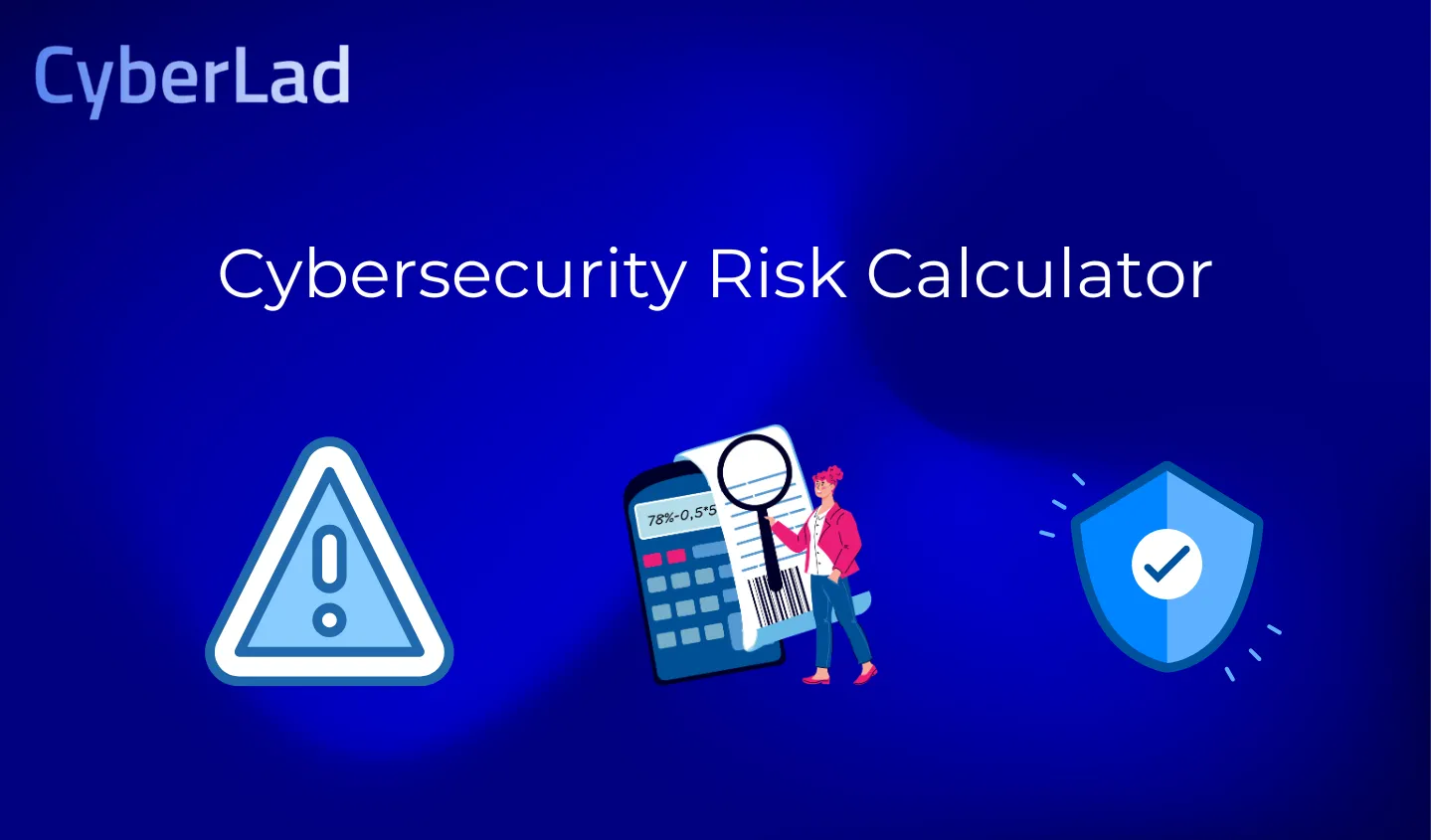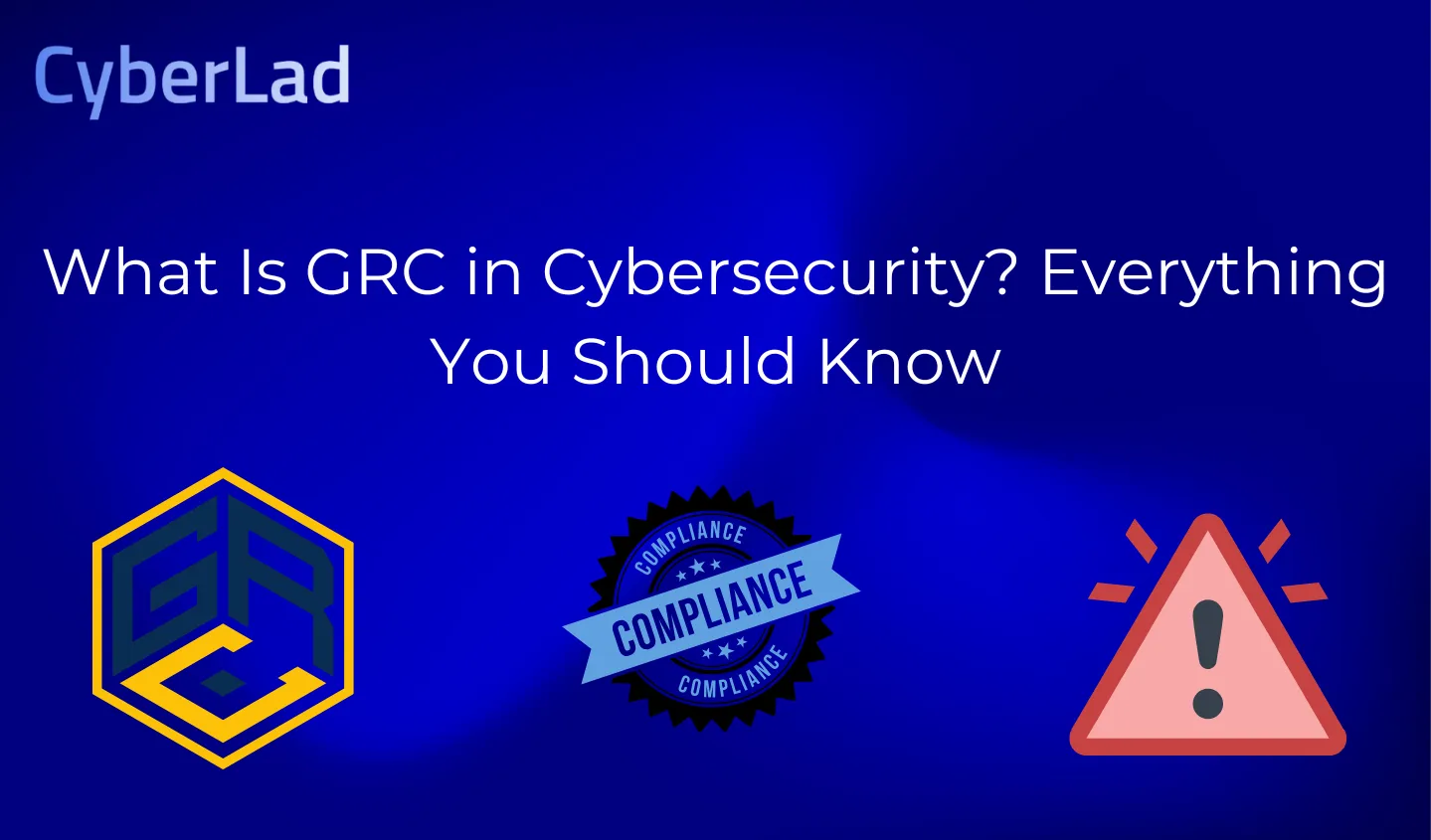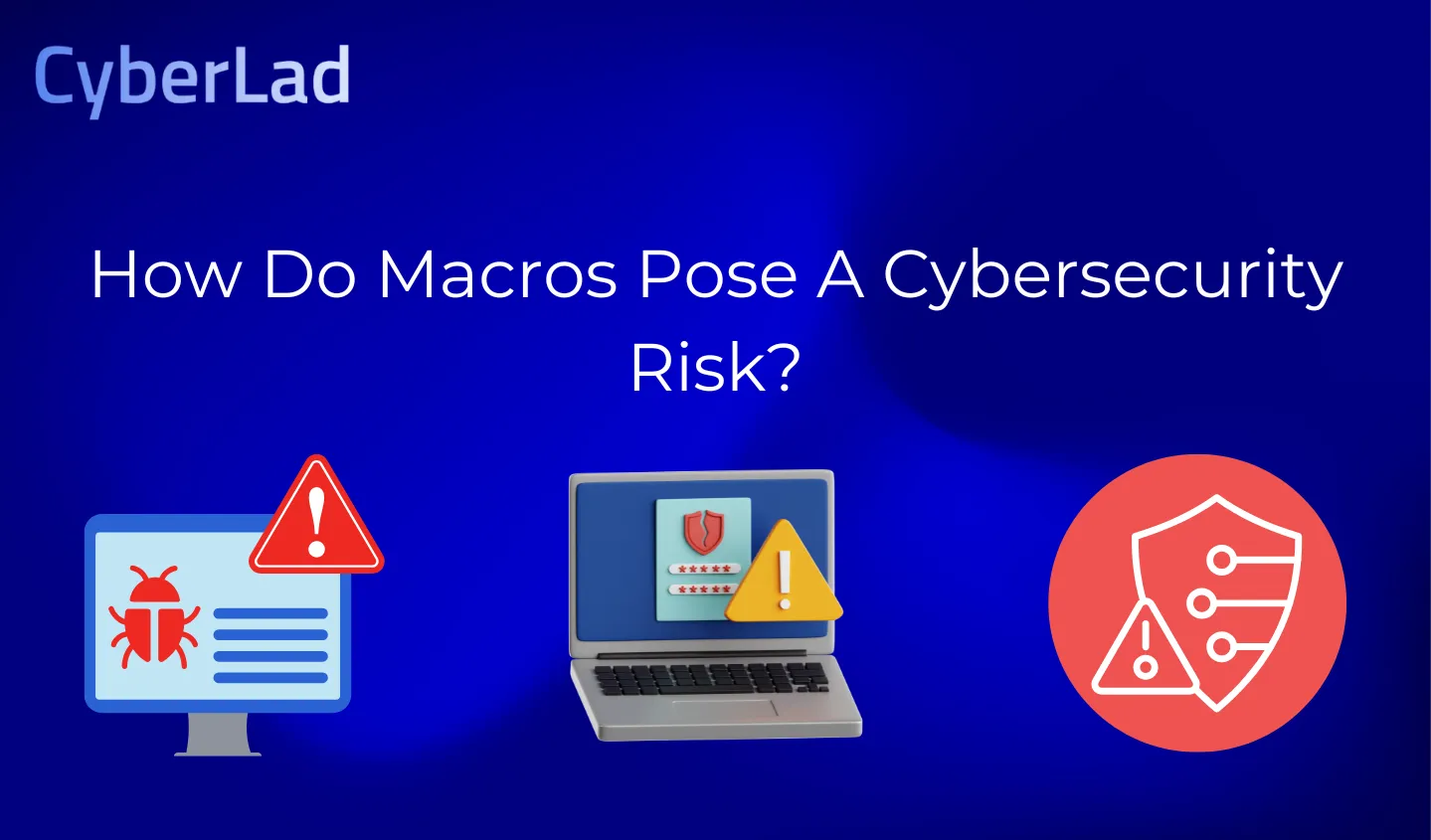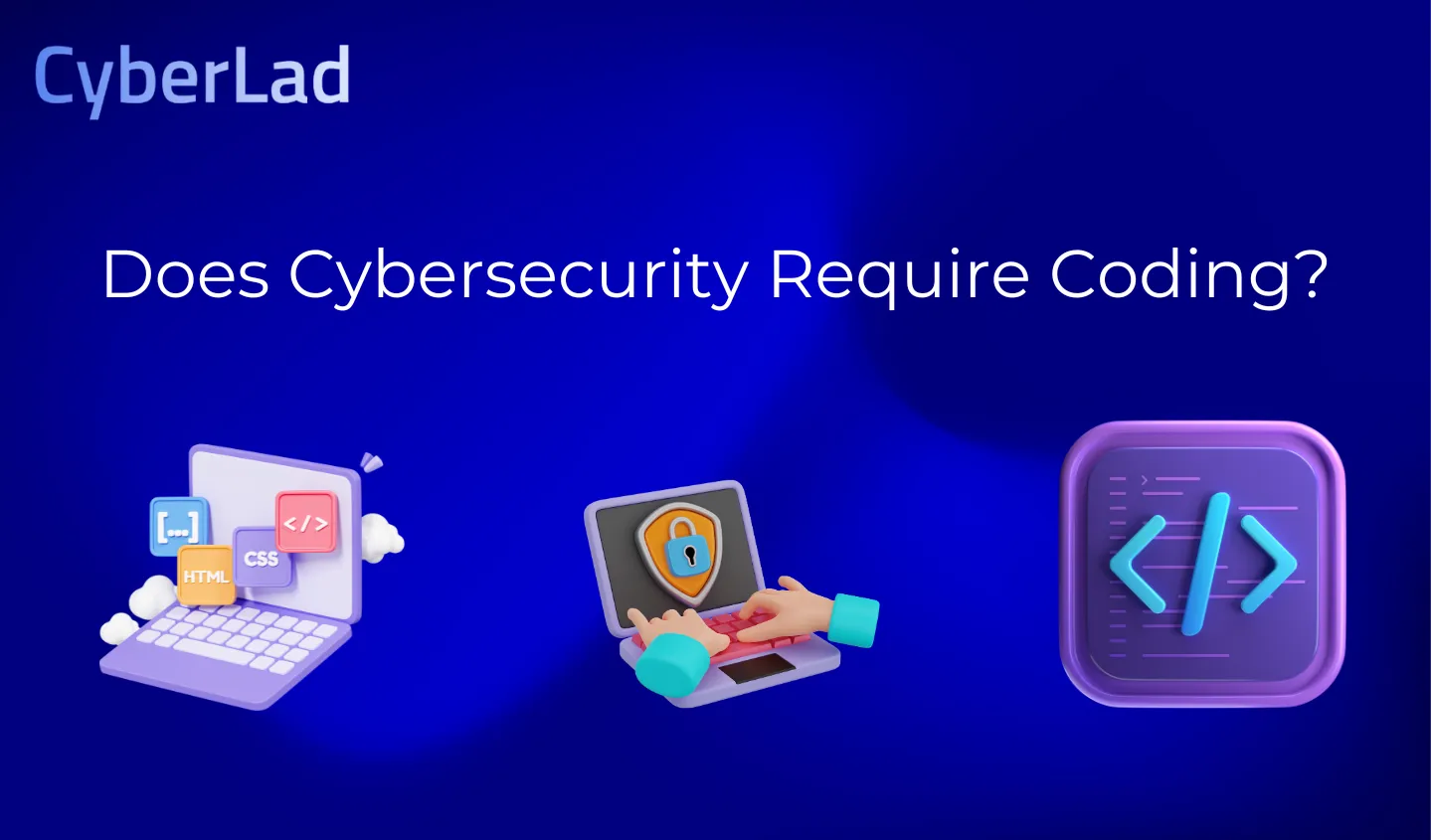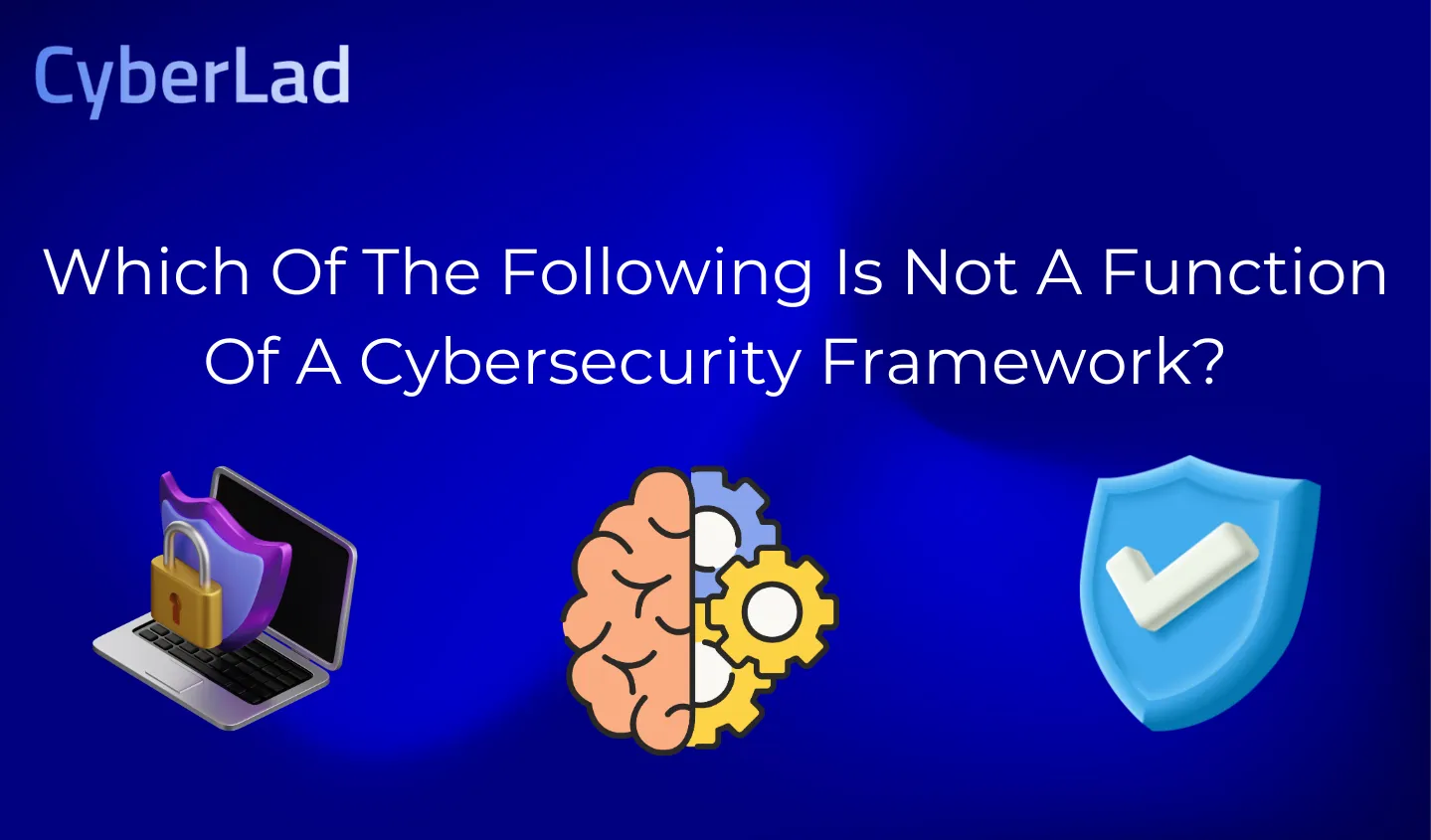Cybersecurity Risk Calculator for Small Businesses
Are you wondering how vulnerable your business might be to cyber threats? Our Cybersecurity Risk Calculator helps you estimate your exposure based on key factors like asset value, internet exposure, vulnerabilities, and 24×7 monitoring.
This tool is designed for small business owners to assess their cybersecurity posture quickly without any technical jargon. Get a risk score, understand what it means, and take action to secure your digital assets before it’s too late.
Try it now and discover your cyber risk level in under a minute.
Why Cyber Risk is a Business Risk
Many small business owners believe cyberattacks only happen to big corporations. However, the reality is very different; small and mid-sized businesses are prime targets because they often lack the cybersecurity defenses that larger enterprises have in place.
Real-World Examples of Small Businesses Getting Hit
- A small accounting firm in Texas lost over $70,000 after a phishing email gave hackers access to their bank credentials.
- A boutique eCommerce store was forced to shut down for two weeks due to a ransomware attack, which caused revenue and customer trust to drop.
- A healthcare clinic suffered a data breach that exposed patient information, resulting in fines and legal headaches.
Cybercriminals don’t discriminate based on your size. According to Verizon’s Data Breach Investigations Report, 43% of cyberattacks target small businesses.
Read More On: What Is GRC in Cybersecurity? Everything You Should Know
Cyberattacks Cost Time, Money, and Trust
It’s not just about the initial breach. The aftermath of a cyberattack includes:
- Downtime that disrupts operations
- Data loss that’s often irreversible
- Recovery costs for IT support and forensic audits
- Long-term reputation damage that’s hard to fix
Most small businesses don’t recover quickly. Some even shut down permanently after a major cyber event.
Regulatory Fines and Loss of Customers
Whether you’re handling customer data, payment info, or client records, you may be subject to regulatory frameworks like GDPR, HIPAA, or PCI-DSS. Failing to protect that data could lead to:
- Government fines
- Legal liabilities
- Loss of contracts with more prominent vendors or partners
Worse, customers lose faith, and once trust is broken, it’s tough to win back.
It’s No Longer “Just an IT Problem”
Cybersecurity is no longer something you delegate to your “tech guy.” It’s a strategic business priority.
Every department touches technology, from HR to finance to operations, and every click could be a risk. Business leaders, not just IT teams, must actively understand and manage cyber risk.
Your revenue, reputation, and customer relationships are all at stake.
What This Calculator Measures
The Cybersecurity Risk Calculator is designed to give small business owners a fast, intuitive way to understand how exposed they are to cyber threats. Behind the simplicity of the form is a basic, but meaningful, risk formula:
Risk = Asset Value × Vulnerability × Exposure
Explain what each input means and how it influences your risk score.
Asset Value
This is the total value of the digital assets your business relies on think customer data, internal files, applications, websites, and financial systems.
The higher the value, the more appealing your business is to attackers and the more costly it would be if those assets were compromised.
💡 Example: A small eCommerce store with a $25,000 monthly revenue stream would enter $25,000 as asset value.
Internet Exposure
How exposed is your business to the Internet? This calculator version offers percentage ranges to indicate how many of your operations are accessible online.
- 10%–20% → Limited exposure (e.g., mostly offline, minimal cloud tools)
- 80%–100% → Fully exposed (e.g,. cloud-based apps, public-facing services)
The more your business depends on online systems, the more “attack surface” hackers can target.
Vulnerability Level
Rate your current systems’ security from 1 (very secure) to 10 (very vulnerable).
This should reflect your:
- Outdated software
- Weak or reused passwords
- Lack of firewalls or antivirus
- No employee training
- No incident response plan
If you’re unsure, defaulting to 5–6 is a fair starting point for most small businesses.
24×7 Monitoring
Do you have ongoing threat detection in place? If you select “Yes,” the calculator gives you a 20% risk reduction, since continuous monitoring reduces impact and detection time.
Without monitoring, threats often go undetected for weeks or months, increasing the damage done.
Together, these four fields provide a high-level snapshot of your risk posture. The output isn’t meant to replace a full audit, but it’s an excellent first step toward understanding where you stand and what to do next.
Understanding Your Risk Score
Once you fill out the calculator and hit “Calculate Risk,” you’ll receive a numerical risk score and a risk category: Low, Medium, or High. This score is based on a simple formula but gives meaningful insight into your cybersecurity posture.
Here’s what your score means:
Low Risk (Score under $5,000)
You’re doing a great job your exposure is limited, your systems are well protected, or both.
You likely have strong security practices in place, such as:
- Data backups
- Secure logins
- Minimal internet-facing assets
- 24×7 monitoring or third-party security support
Recommended: Maintain your current strategy and perform periodic reviews. Even low-risk doesn’t mean zero risk.
Medium Risk (Score between $5,000–$20,000)
You’re exposed to some level of threat. You likely have:
- Moderate internet exposure
- Inconsistent software updates or patching
- Limited employee training
- No active monitoring in place
Recommended: Start improving your cybersecurity posture now before something happens. Focus on the basics: secure configurations, password policies, and endpoint protection.
High Risk (Score over $20,000)
You’re highly vulnerable and would suffer serious consequences in an attack.
This usually means:
- High asset value
- High internet exposure
- No or weak security practices
- No detection systems
Recommended: Take immediate action. A ransomware attack, data breach, or even phishing scam could seriously disrupt or even destroy your business.
Even if your risk is low today, it can change fast. The more you grow, adopt new technologies, or store sensitive data, the more cyber risk becomes a business-critical issue.
Use this score as a starting point, not the finish line.
How to Reduce Cybersecurity Risk
No matter your current score, the most important takeaway from this calculator is what you do next. Cyber risk isn’t something you eliminate once it’s something you continuously manage.
Below are practical steps based on your risk category to help reduce your exposure and strengthen your defenses.
Read more here to explore practical steps based on your risk category to reduce exposure and strengthen your defenses.
If You’re Low Risk: Keep It That Way
- Schedule regular security reviews (quarterly or biannually)
- Update software and plugins consistently
- Train staff on phishing and social engineering
- Test your backups, make sure they restore
- Monitor logs and alerts, even if nothing seems wrong
A low score today doesn’t mean you’re safe forever. Cyber threats evolve.
If You’re Medium Risk: Tighten the Gaps
- Install endpoint protection on all workstations and mobile devices
- Use multi-factor authentication (MFA) across all logins
- Patch systems and devices on a defined schedule
- Create a basic incident response plan
- Audit third-party software and vendors
Reducing your risk doesn’t always require big budgets just consistency.
If You’re High Risk: Act Now
- Get 24×7 monitoring or partner with a security provider
- Perform a security assessment or penetration test
- Encrypt all sensitive data (at rest and in transit)
- Segment your network to contain threats
- Invest in employee awareness training immediately
If your business deals with client data, finances, or intellectual property you can’t afford to delay.
Not Sure Where to Start?
We built this calculator to help small businesses like yours understand risk, but we can also help you reduce it.
Cyberlad offers affordable, practical solutions tailored to startups, local businesses, and solo operators without a dedicated IT team.
Contact Us and Get a Free Consultation
Let’s secure your business before someone else tries to break in.
Who Should Use This Calculator?
Cybersecurity risk isn’t just a problem for big tech companies or global corporations. You’re at risk if your business uses email, stores data, sells online, or works in the cloud.
This calculator is explicitly built for:
Small Business Owners
Whether you run a local retail store, accounting firm, or startup, this tool helps you understand your business’s vulnerability no IT jargon required.
Freelancers & Solo Entrepreneurs
Even one-person businesses can be targets. A single breach could cost you everything if you store client data, accept payments online, or rely on digital services.
Non-Technical Managers & Decision-Makers
You don’t need to be a cybersecurity expert to use this tool. It’s built for clarity and speed, so you can make informed decisions and take action.
IT Leads in Small Teams
If you’re the only person managing tech and security, this tool helps you prioritize and communicate risk clearly to other stakeholders.
Consultants & MSPs
Use this calculator as part of your cybersecurity assessments. It’s a great way to show potential clients their risk and justify a security roadmap.
Whether you’re just starting or growing fast, this calculator gives you a quick pulse check on your risk and what you can do about it.
What to Do After You Get Your Score
Getting your cybersecurity risk score is the first step. Now, it’s time to take action. Whether your score came out low, medium, or high, your next move matters.
Here’s what we recommend based on your results:
Low Risk? Great Stay Proactive
You’re doing something right! But cybersecurity is constantly changing.
Keep up with:
- Regular security reviews
- Software updates
- Employee training
- Monitoring new risks as your business grows
💡 Even low-risk businesses should reassess quarterly or when adopting new technologies.
Medium Risk? Time to Level Up
This is your opportunity to take action before something happens.
Focus on:
- Implementing basic security controls
- Hardening cloud and email systems
- Enforcing secure passwords and MFA
- Getting professional guidance if needed
Medium risk means you’re exposed but fixable.
High Risk? Act Immediately
If your score is high, your business is at serious risk not someday, but today.
Here’s what you should do now:
- Talk to a cybersecurity expert
- Prioritize backup and recovery planning
- Implement 24×7 threat monitoring
- Get a vulnerability scan or penetration test done
Don’t wait for an incident. By then, it may already be too late.
Let’s Talk About Your Score
At Cyberlad, we’ve helped businesses like yours lower their risk without big budgets or complex tools.
Want clarity and a plan tailored to your business?
Contact us for a free consultation.
The calculator provides a high-level estimate based on real-world risk modeling. While it’s not a substitute for a full audit, it offers valuable insight into your current risk level using factors that attackers often exploit.
No system is 100% secure. A low score means your current setup shows fewer risk indicators, which can change quickly if you scale, adopt new tools, or let security practices slip.
Not. This calculator is 100% privacy-friendly it runs in your browser, and no data is stored, collected, or transmitted.
Start with:
– Updating all software and systems
– Enabling 2FA/MFA
– Using antivirus and firewalls
– Educating your team
– Partnering with a cybersecurity provider (like us)
Yes! Many consultants and internal IT leads use this tool to quickly and visually explain cyber risk to clients or stakeholders. It’s also a great conversation starter during vendor evaluations or risk meetings.
Yes, and it always will be. Cyberlad’s mission is to make cybersecurity more accessible to small businesses.

